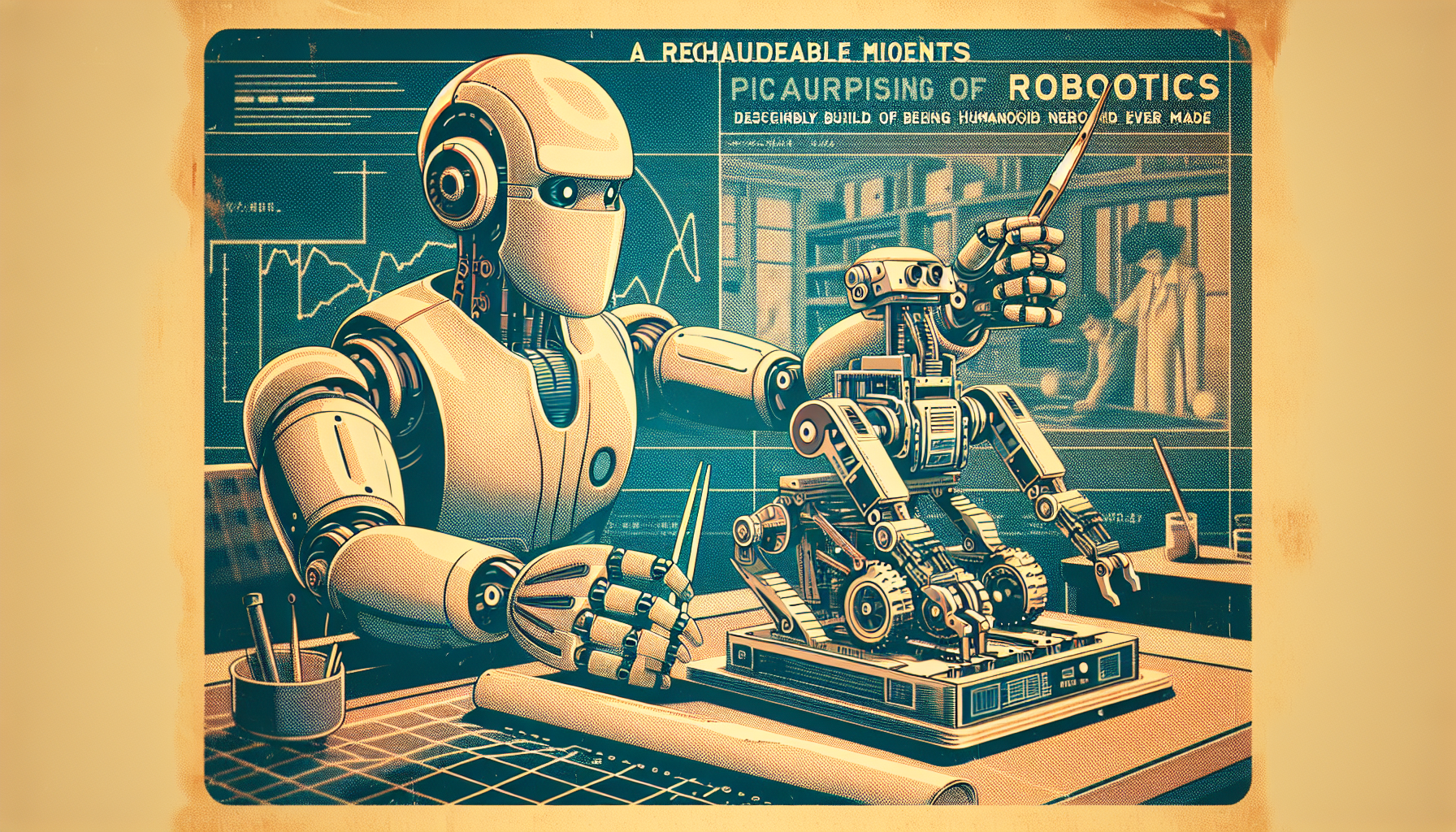In July 2025, the world witnessed a remarkable leap in robotics. Robot Era, a pioneering startup from Beijing with roots in Tsinghua University, introduced its latest creation: the L7. This humanoid robot does not just move with grace and intelligence—it now holds the title of the fastest humanoid ever made.
The Fastest Humanoid of Our Time
The L7 builds upon Robot Era’s earlier achievements. Its predecessor, Star 1, was a marvel, running nearly 13 kilometers per hour (about 8 miles per hour) through the tough Gobi Desert. The Star 1’s agility set a new standard for humanoid robots, enduring more than half an hour over a mix of grass, gravel, and rugged trails.
But with L7, Robot Era has gone even further. This new robot can sprint up to 4 meters per second—almost 9 miles per hour. It is not only faster than its predecessor but also more capable in many ways. Standing about 175 centimeters tall (5 feet 7 inches), the L7 combines powerful mobility with advanced dexterity, marking a new chapter in how robots can help us.
Strength and Dexterity Combined
Where Star 1 was known mostly for speed and endurance, L7 brings a remarkable sense of balance and strength to its motion. Thanks to a design with 55 degrees of joint freedom and the ability to produce 400 newton-meters of torque, L7 can perform detailed tasks that require careful hand movements and precision. It is able to lift and carry up to 20 kilograms with both arms—enough for many useful jobs, whether at home or in industry.
Vision and Awareness
Robots must do more than move quickly. They also need to sense their surroundings and react with care. L7 uses a sophisticated mix of sensors. With panoramic vision, depth sensing, and real-time data from multiple sources, the robot has a 360-degree view of its environment. This level of awareness allows safe, swift operation even in unpredictable settings.
Achievements and Goals
Confidence in Robot Era’s mission runs high. Investors have put their trust in the company, with over $125 million in funding secured between 2024 and 2025. Robot Era has already shipped more than 200 robots. Their vision is clear: move from test models to real-world impact—supporting industries like construction, disaster rescue, and automation.
Building on Success
Before the L7, Robot Era earned worldwide attention with the XBot L. In early 2024, this robot climbed the challenging slopes and steps of the Great Wall of China. That journey proved not just the mechanical power of these machines, but their ability to operate gracefully in complex, uneven spaces.
L7 vs Star 1: At a Glance
| Feature | Star 1 (2024) | L7 (2025) |
|---|---|---|
| Top Speed | 3.6 m/s (~8 mph) | 4 m/s (~9 mph) |
| Height | 171 cm (5’7″) | 175 cm (5’7″) |
| Endurance | Runs for 34 minutes | Likely improved |
| Dexterity | Basic agility | Advanced upper-limb dexterity |
| Payload | Not specified | 20 kg with both arms |
| Joint Freedom | Not specified | 55 degrees |
| Sensors | Basic navigation | 360° panoramic vision, depth, fusion |
| Funding | — | $125M+ (2024–25) |
| Commercial | Prototype/testing | 200+ units shipped |
| Notable Feat | Speed record | Industrial & household work |
A New Era for Humanoids
The L7 is more than a record-breaker. By blending speed, strength, and careful awareness, it brings us closer to a world where humans and robots work side by side. This robot’s future roles reach far beyond the factory: it could assist in dangerous disaster zones, help with household chores, and support construction teams.
With the L7, Robot Era and China deepen their place at the forefront of global robotics innovation. The age of practical, fast, and highly capable humanoid robots is arriving—changing how we imagine machines in our daily lives.

Leave a Reply